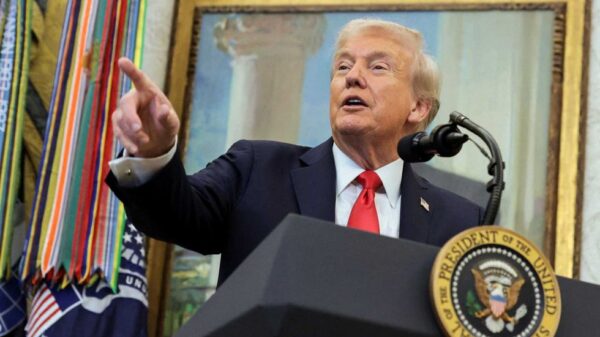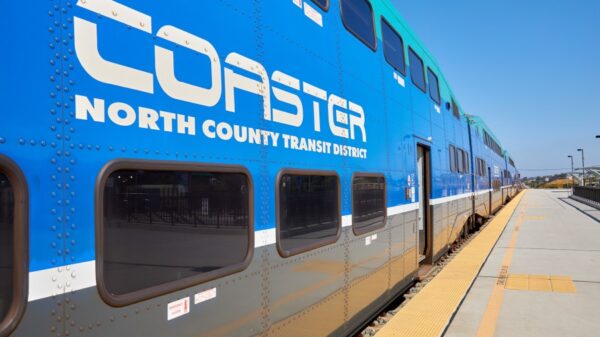Gas prices are experiencing a notable decline, yet electricity costs are soaring, creating a complex environment for candidates as they approach the midterm elections in 2024. The disparity between the two energy markets is becoming increasingly apparent, with the average cost of powering homes rising even as gas prices decrease.
According to the Energy Information Administration, the nationwide average price for gasoline is projected to be around $2.90 per gallon in 2024, reflecting a decrease of approximately 6% from 2023 levels. This reduction is primarily attributed to a growing supply and modest global demand for oil. Patrick De Haan, head of petroleum analysis at GasBuddy, noted that this shift could indicate a lasting trend for gas prices, which have fallen below $3 per gallon in over 40 states.
Several factors are contributing to the decline in gas prices. Recently, crude oil prices dipped below $60 per barrel, influenced by geopolitical tensions and trade considerations. President Donald Trump proposed aggressive tariffs on China after restrictions on rare earth exports were announced, potentially leading to a significant reduction in global oil demand. This uncertainty has impacted stock markets but has not yet generated long-term consequences for fuel prices.
Meanwhile, the situation for electricity costs is markedly different. Energy prices have risen at a rate twice that of overall inflation since the pandemic. A critical factor driving up these costs is the aging infrastructure used to deliver electricity across the United States. According to Robinson Meyer, founding executive editor of Heatmap News, utilities are compelled to replace outdated equipment due to an increase in destructive weather events, including storms and wildfires. This urgent need for infrastructure upgrades is coinciding with a surge in electricity demand driven by the proliferation of data centers and electric vehicles.
The rapid construction of data centers, particularly in states like Virginia, is influencing political dynamics ahead of the midterms. Candidates from both parties are expressing concerns about the financial burden these facilities impose on residents. Recent reports indicate bipartisan support for legislation aimed at regulating data center development.
Republican candidate Patrick Harders has voiced strong opposition to future data center projects, stating, “I think we should, personally, block all future data centers.” His opponent, Democrat George Stewart, echoed this sentiment, describing data centers as a “crushing weight” on Virginians.
In contrast, other Republican candidates maintain a favorable view of data center construction, promoting potential economic benefits. Winsome Earle-Sears, the Republican gubernatorial candidate in Virginia, has criticized Democratic policies, arguing that reliance on renewable energy sources like solar and wind is insufficient. “Well, what happens when the sun goes down?” she challenged during a televised debate with Democratic nominee Abigail Spanberger, who countered that large tech companies should “pay their own way” for electricity.
As the midterm elections approach, the contrasting trends in gas and electricity prices may influence voter sentiment and candidate strategies. With energy issues at the forefront, candidates must navigate the complexities of public opinion on energy costs while addressing the broader implications of infrastructure challenges and economic policies.





































































